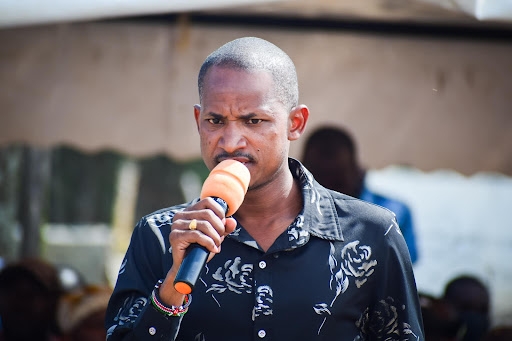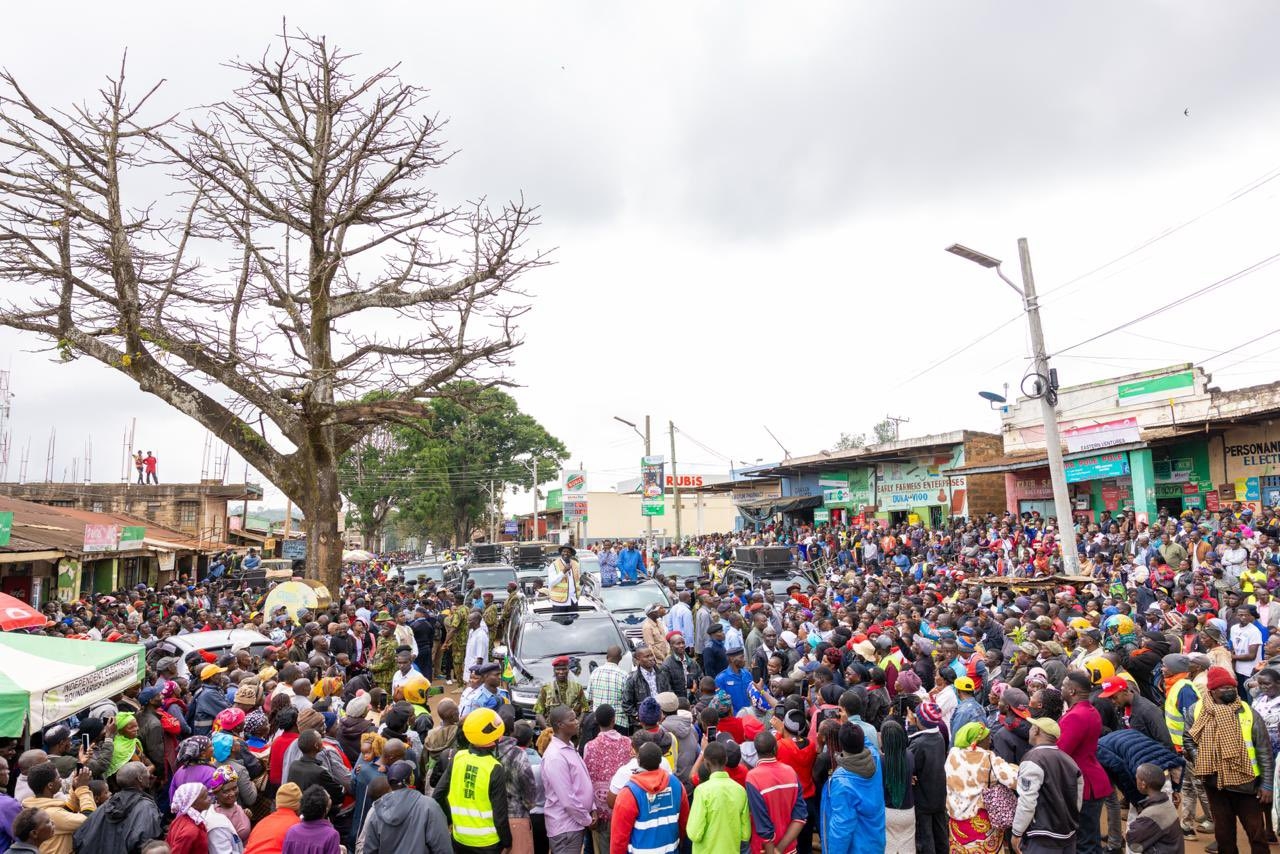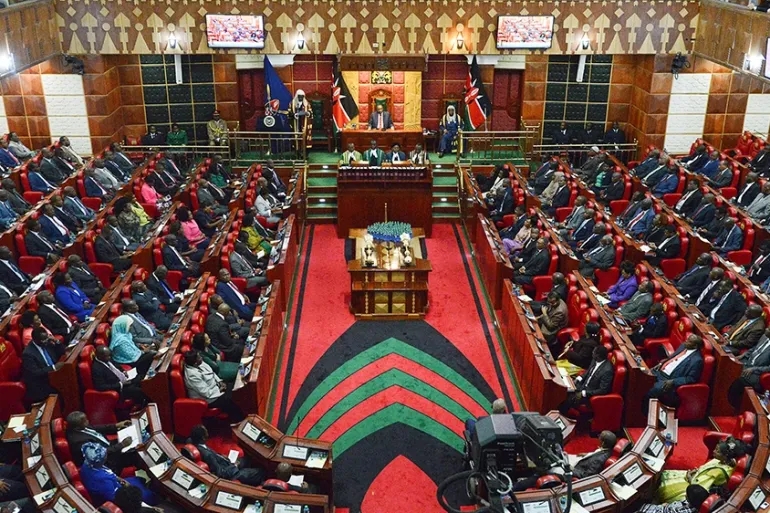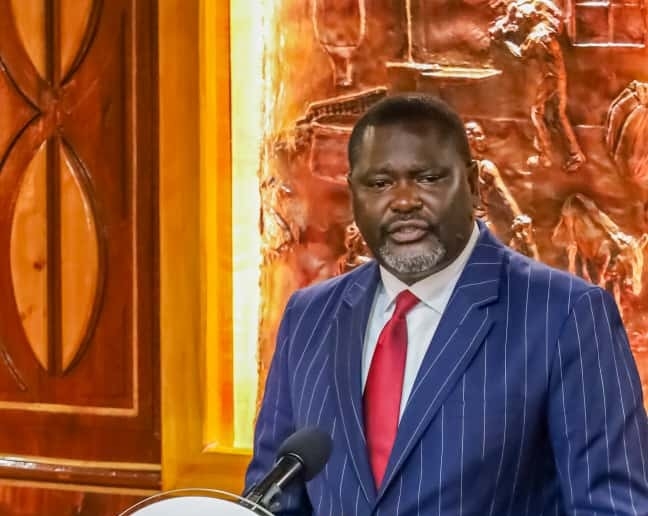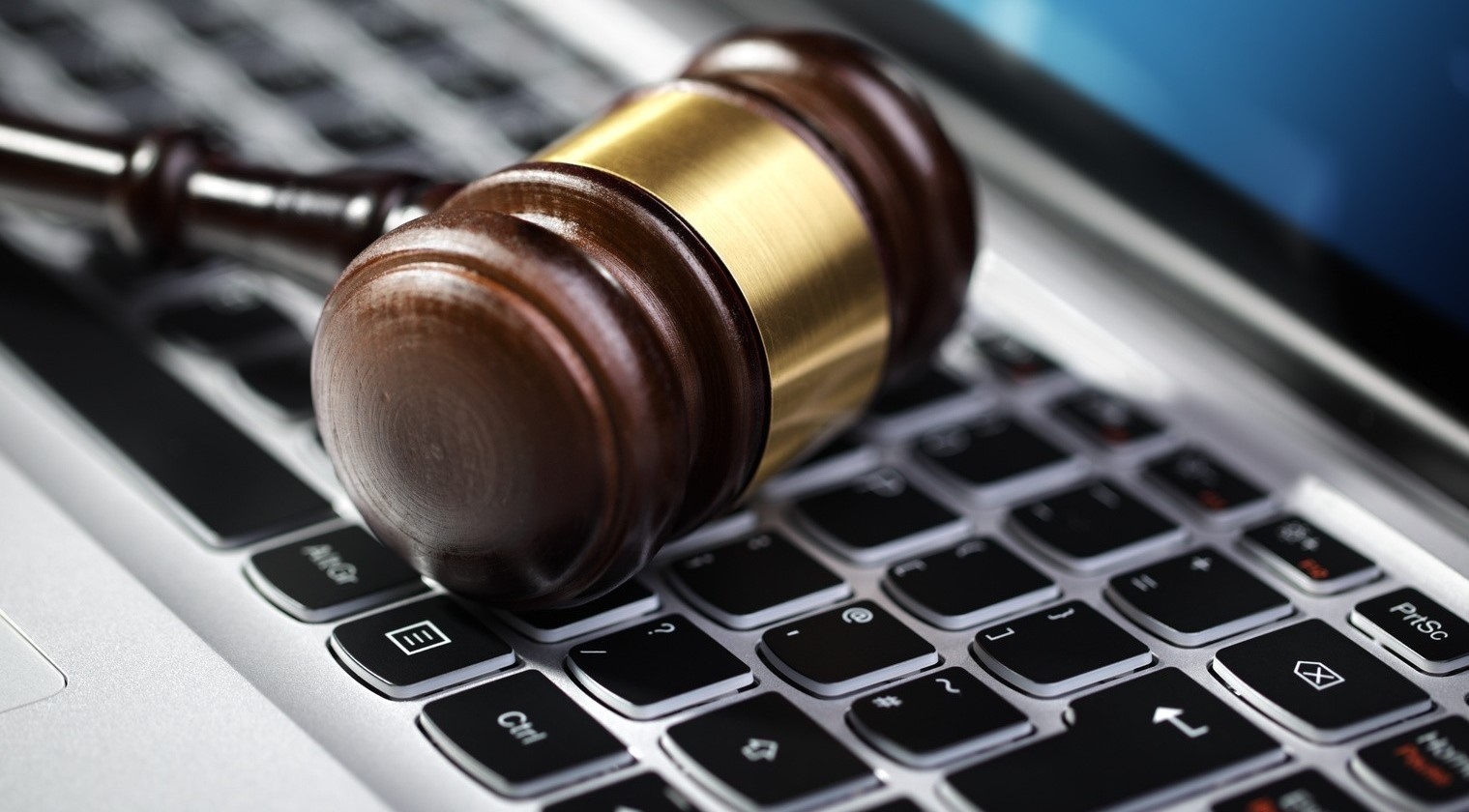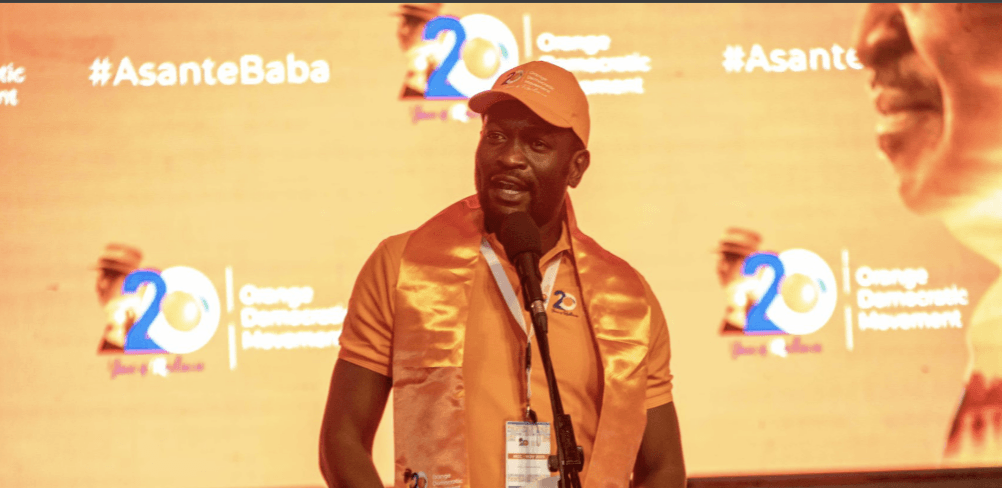
As Kenya edges closer to the 2027 general election, the country’s media finds itself at a familiar but increasingly complex crossroads, between the duty to report responsibly and the need to preserve independence. In an environment where truth is politicised and misinformation spreads rapidly online, journalists must navigate a regulatory terrain that could either uphold integrity or suffocate dissent.
The balance between ensuring ethical reporting and protecting press freedom will shape the credibility of Kenya’s democratic process.
Kenya’s media is governed by a web of laws meant to promote professionalism, yet their application often reveals contradictions. The Media Council Act of 2013, which established the Media Council of Kenya, remains the main legal framework for regulating journalism.
The council’s mandate, to promote ethical standards, accredit journalists and safeguard media freedom, is a cornerstone of self-regulation. However, other laws, particularly the Kenya Information and Communications Act and the Computer Misuse and Cybercrimes Act (CMCA), have introduced provisions that, while designed to address disinformation and online abuse, have sometimes been used to muzzle critical reporting.
Election periods have historically amplified this tension. During the 2017 and 2022 elections, journalists faced intimidation, online harassment and threats from both state and non-state actors.
The Communications Authority of Kenya temporarily suspended live broadcasts in 2018 after the mock swearing-in of opposition leader Raila Odinga, a move critics viewed as an abuse of regulatory power. Such episodes highlight how fragile media independence becomes in politically charged moments, when oversight can easily tip into censorship.
Now, Kenya’s regulatory landscape is shifting again to include digital content creators, bloggers and online journalists. Proposed amendments to broadcasting and digital media laws seek to tighten the registration and licensing of online publishers, ostensibly to combat misinformation.
Supporters argue that unregulated digital spaces have become breeding grounds for hate speech and propaganda, especially during elections. However, media freedom organisations such as ARTICLE 19 Eastern Africa and the Kenya Union of Journalists warn that these proposals could impose vague and restrictive controls that erode free expression and discourage open political debate.
The impact of overregulation could be significant. Journalists may resort to self-censorship, fearing legal consequences or loss of accreditation. Investigative reporting, already burdened by challenges of access, funding and security, could diminish further.
The criminalisation of online speech under the CMCA blurs the line between legitimate criticism and perceived defamation. Moreover, increased ‘digital surveillance,’ where authorities monitor online discussions, undermines the open exchange of ideas essential to a healthy democracy.
The resulting environment risks producing journalism that is cautious rather than courageous, defensive rather than disruptive.
Still, regulation cannot be dismissed entirely. Kenya’s history shows how irresponsible reporting and ethnic profiling can inflame tensions. The role of media in fostering national cohesion is undeniable. Responsible regulation should therefore promote accountability, not control. The MCK’s Code of Conduct for Media Practice provides a strong framework for fairness, accuracy and integrity.
When applied consistently, it strengthens newsroom discipline. The challenge lies in ensuring that state oversight complements, rather than overrides, these mechanisms.
Experts have long advocated for collaborative regulation, a model that brings together journalists, policymakers, civil society and the Judiciary.
Academics from the University of Nairobi and Strathmore University argue that reforms should emphasise transparency, stakeholder participation and judicial review in cases involving press restrictions. Civil society groups further call for the inclusion of community and digital media voices in policymaking to reflect Kenya’s evolving media landscape.
As the countdown to 2027 continues, the government faces the test of balancing national stability with the right to information. A credible election demands an informed electorate, achievable only when the media operates freely and fearlessly. Suppressing the press under the pretext of maintaining order would only breed mistrust and misinformation, ironically, the very problems regulation aims to prevent.
Kenya’s media now walks a tightrope between control and independence. Whether the 2027 election becomes a triumph of responsible journalism or a step backward will depend on how this balance is managed. True democracy thrives not on silence, but on dialogue. Safeguarding press freedom is not just about defending journalists, it is about defending Kenya’s democratic soul and ensuring that truth remains the nation’s strongest pillar.
The
writer is an officer, Research, Media Council of Kenya



